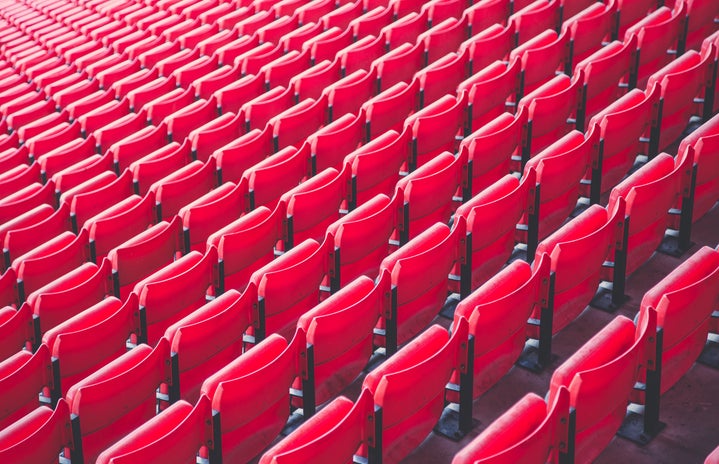By now, you have all probably heard about the Winter Olympics going on in Pyeonchang, South Korea. You may have seen Mirai Nagasu become the first American female figure skater to hit a triple axel jump or Adam Rippon nail his routines as the breakout star of the year and make history as the first openly gay U.S. athlete to compete at the Olympics. You probably saw these things online rather than watching it on TV, right? You aren’t alone by a long shot. While we might all know Michael Phelps, Simone Biles, and Usain Bolt, how many of us can name any Winter Olympic athletes other than Shawn White?
The viewership of the last Winter Olympics was 21 million people compared to the 27 million for the Rio summer games. But why? It probably has something to do with most American high schools promoting Summer Olympic sports like track and field, swimming, and gymnastics, and wasting little to no time on winter sports- that is if they have them at all. Some schools have ski teams, but in the south or other warmer areas of the country, they become harder to find.
“Summer” sports are more inclusive and can be played indoors or outdoors, while climate is a much bigger factor in whether somebody has access to winter sports. We are more likely to have an emotional connection to sports we grew up watching and participating in, and since
not everyone lives on the East Coast, not everyone has gone skiing. So watching those events can be, well, boring.
If you ever felt weird about not caring about the Winter Olympics, you’re not alone. Fewer people compete in it because fewer people have access to ski slopes and mountains and ice skating rinks to practice on year-round. So, as a result, fewer people care as opposed to the Summer Olympics, which is always paid attention to when it’s on.
Though I think we all enjoy watching ice skaters, regardless of our connections to it. It’s pretty hard not to.



